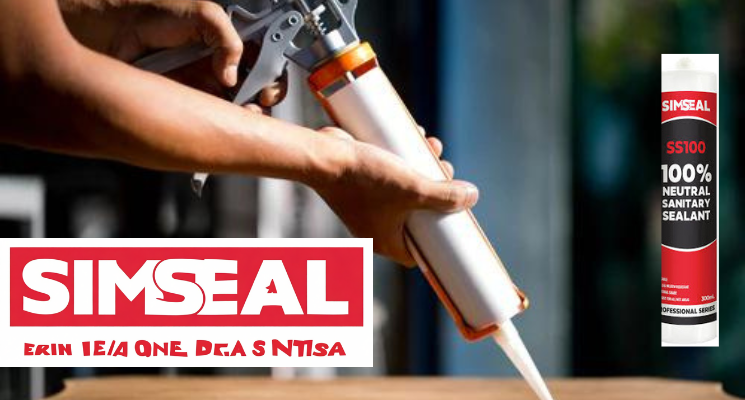The marine environment is one of the harshest settings for materials due to constant exposure to water, temperature fluctuations, and corrosive salts. In such conditions, the use of marine sealants is crucial for the maintenance and longevity of vessels and structures. This blog post delves into the world of sealants designed for marine applications, highlighting their importance in ensuring durability and waterproofing.
Understanding Marine Sealants
Marine sealants are specialized products used to fill gaps, join components, and provide a watertight and airtight seal. They are formulated to withstand the demanding marine environment, resisting not just water but also UV radiation, temperature extremes, and saltwater corrosion.
Types of Marine Sealants
There are several types of marine sealants available, each with its own set of properties and applications:
- Silicone Sealants: Known for their flexibility and UV resistance, silicone sealants are ideal for areas that require a durable yet elastic bond.
- Polyurethane Sealants: These offer strong adhesion and are suitable for structural bonding due to their high tensile strength.
- Polysulfide Sealants: With excellent resistance to oil, fuel, and solvents, polysulfide sealants are often used for fuel tanks and bilge areas.
Application of Marine Sealants
The application of marine sealants is a meticulous process that requires attention to detail. Here are the steps typically involved:
- Surface Preparation: The surface must be clean, dry, and free of any contaminants to ensure optimal adhesion.
- Applying the Sealant: The sealant is applied using a caulking gun or a spatula, depending on the area and the type of sealant.
- Curing Time: After application, the sealant needs time to cure. This duration varies based on the product and environmental conditions.
Best Practices for Using Marine Sealants
To maximize the effectiveness of marine sealants, consider the following best practices:
- Select the Right Sealant: Choose a sealant that matches the specific requirements of the application, such as flexibility, adhesion strength, and resistance to chemicals.
- Apply in Optimal Conditions: Temperature and humidity can affect the curing process, so it’s best to apply sealants in favorable weather conditions.
- Regular Inspection and Maintenance: Regularly check the integrity of the sealant and reapply as necessary to maintain a waterproof seal.
The Role of Sealants in Marine Safety
Beyond their functional role in waterproofing, marine sealants also contribute to the overall safety of marine vessels and structures. A properly sealed boat is less likely to take on water, reducing the risk of sinking. Additionally, sealants help protect against structural degradation, ensuring that vessels remain sea-worthy for longer periods.
Innovations in Marine Sealant Technology
The marine industry is continually innovating to develop better sealant products. Recent advancements include eco-friendly options that reduce environmental impact without compromising performance. There’s also a trend towards faster-curing sealants that allow for quicker return to service.
Conclusion
Marine sealants play a pivotal role in the construction and maintenance of vessels and marine structures. Their ability to provide a durable, waterproof seal is essential for the longevity and safety of these constructions. By understanding the different types of sealants and adhering to best practices for their application, one can ensure that marine adventures remain safe and enjoyable for years to come.


Recent Comments